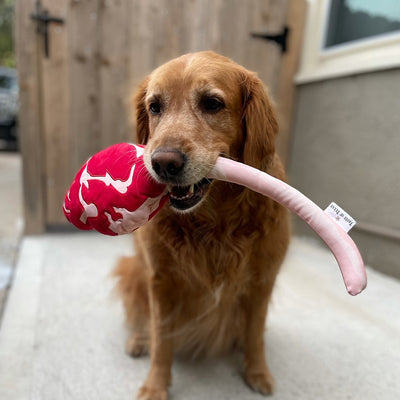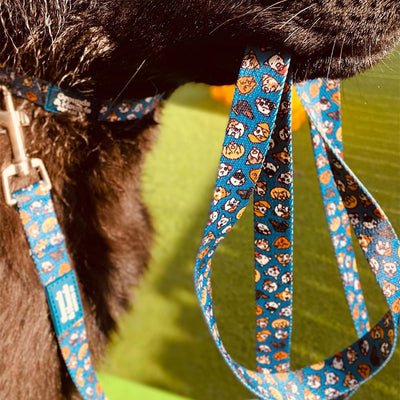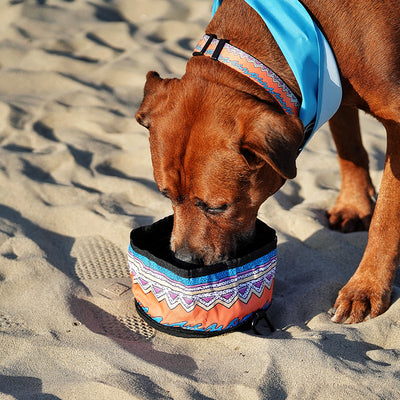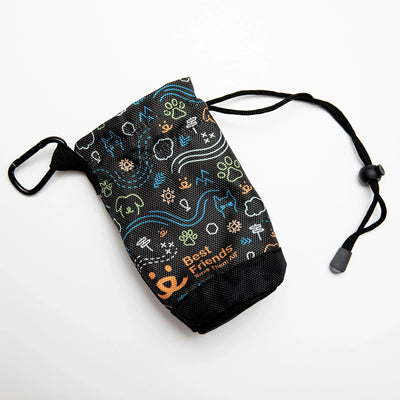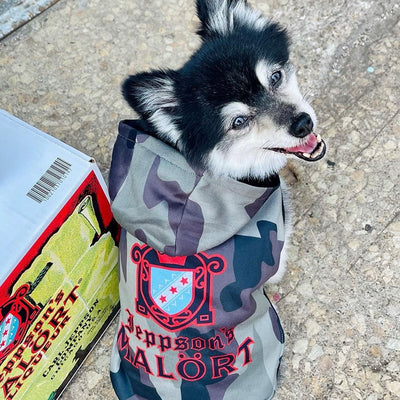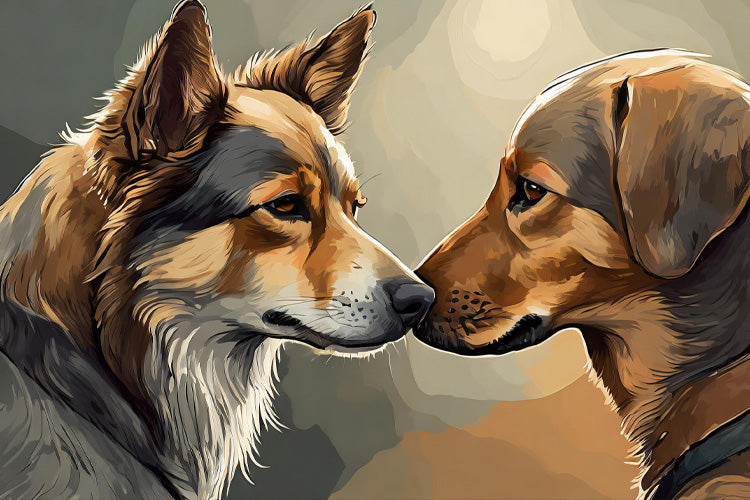The concept of a multi-species household, which was once a rarity, has since blossomed into a delightful reality for many pet owners. Oversight over a “melting pot” of companion animals can significantly enrich the lives of both the pets and their owners with more diverse interactions and experiences.
The key to a peaceful coexistence in a household with multiple pets lies in the pet owner’s knowledge and commitment to cater to the needs of each individual species. Pet owners need to spare no effort in ensuring that every pet, from the smallest hamster to the largest dog, feels safe and valued in their shared environment.
Among the various pets that can share a home, dogs, thanks to their adaptable and social nature, often become central figures in these multi-species families. But a pet owner mustn’t simply take it for granted that their dog will naturally know how to coexist peacefully with other animals. Rather, active socialization and training are key for helping dogs understand how to interact with their fellow housemates—whether they are furry, feathered, or scaled.
Selecting the right pet merchandise is equally crucial in a multi-pet household. Items like separate feeding stations, species-specific toys, and designated resting areas will help maintain order and peace among the different animals.
This article from PrideBites delves into the dynamics of dogs living alongside various other pet species. Let’s explore how dogs can form bonds with—or at least peacefully coexist with—animals like cats, birds, and even fish. This information should help you get a handle on each species' needs and behaviors and engineer a living space where all your animal companions can live happily together.
1) Cats
The dog-cat dynamic is perhaps the most classic example of interspecies cohabitation in a household. The success of this pairing hinges on how well a pet parent can balance the inherent differences between the two.
Cats are typically more independent and territorial than dogs, and they often require time to adjust to the presence of a canine companion. Early socialization, particularly when both animals are young, can lay a solid foundation for their relationship. Pet owners can get the best results from introducing a dog and cat in a controlled, calm environment, where each has the opportunity to retreat to a safe space.
2) Birds
Birds are naturally prey animals, and many dogs have an ingrained prey drive that a bird's movements and noises can trigger. The first steps to create a safe living environment for both species are 1) to invest in a secure cage for the bird, and 2) to place it safely out of reach of the dog. This prevents any accidents and helps the bird feel safe.
When introducing a dog to a bird, it's vital to do so in a controlled manner. Keep the dog leashed and at a distance initially to allow both animals to get accustomed to each other's presence without any direct interaction.
It's also important to recognize that not all pet dogs will be a safe mix for pet birds that will fly freely in your home. Dog breeds with high prey drives, for example, will always need to be watched around their avian companions.
3) Rabbits
Rabbits, prey animals that are also naturally skittish, can coexist best with dogs that have gentle demeanors and a low prey drive. Introductions between these two pets should be gradual, controlled, and always supervised. For instance, pet owners can start by allowing the dog and rabbit to view each other from a safe distance, such as through a barrier like a baby gate, to get them used to each other.
If you intend to get a pet rabbit to join your household, make sure that they have a secure enclosure to hide in whenever they feel threatened. You should also train your dog to remain calm and not be too excitable around the rabbit; address any signs of aggression or overexcitement immediately. Over time, with patience and consistent supervision, dogs and rabbits can learn to accept and even enjoy each other's company.
4) Turtles, Lizards, and Other Reptiles
Keeping reptiles and dogs together demands strict attention to safety and environmental needs. In general, while dogs and reptiles can coexist in the same household without bothering each other, their direct interactions should be minimal and always closely supervised.
To start with, reptiles should be housed in their own enclosures to prevent direct contact with dogs. This prevents the dog from potentially harming the reptile and also protects the dog from any defensive behavior the reptile might display. In turn, pet owners must train dogs to stay calm and indifferent to the reptile's presence.
If you intend to keep both dogs and reptiles, you should also be extra conscientious about their hygiene, as reptiles can carry salmonella. The onus is on you to make sure that the dog does not have access to the reptile's habitat, and that you and other members of your household maintain a strict standard of cleanliness to prevent cross-contamination.
5) Fish
The addition of fish to a household with a dog offers a relatively low-risk option for multi-species cohabitation, provided that pet owners take certain precautions. The aspect you’ll want to pay closest attention to is the placement of the fish tank. It should be located in an area where the dog can’t knock it over, perhaps elevated or in a less-trafficked part of the house. In addition, the tank should have a sturdy, secure lid to prevent the dog from accessing the water and to keep the fish safely inside.
Next, guide your dog through their first interaction with the fish tank by allowing them to observe the fish from a distance. Some dogs may show little interest in the fish, while others might be fixated by the movement within the tank. In cases of excessive excitement or fixation, make it a point to train your dog to ignore the tank or redirect their attention elsewhere. It's also important to maintain a peaceful environment around the aquarium, as sudden movements or loud noises from your dog can be stressful for your fish.
In the end, you’ll be able to oversee a multi-species household of your own if you exercise responsible pet parenthood for each species under your care. Be extra attentive to each pet’s needs, and adjust your approach so that each species can expect a happy and healthy life within your household.

